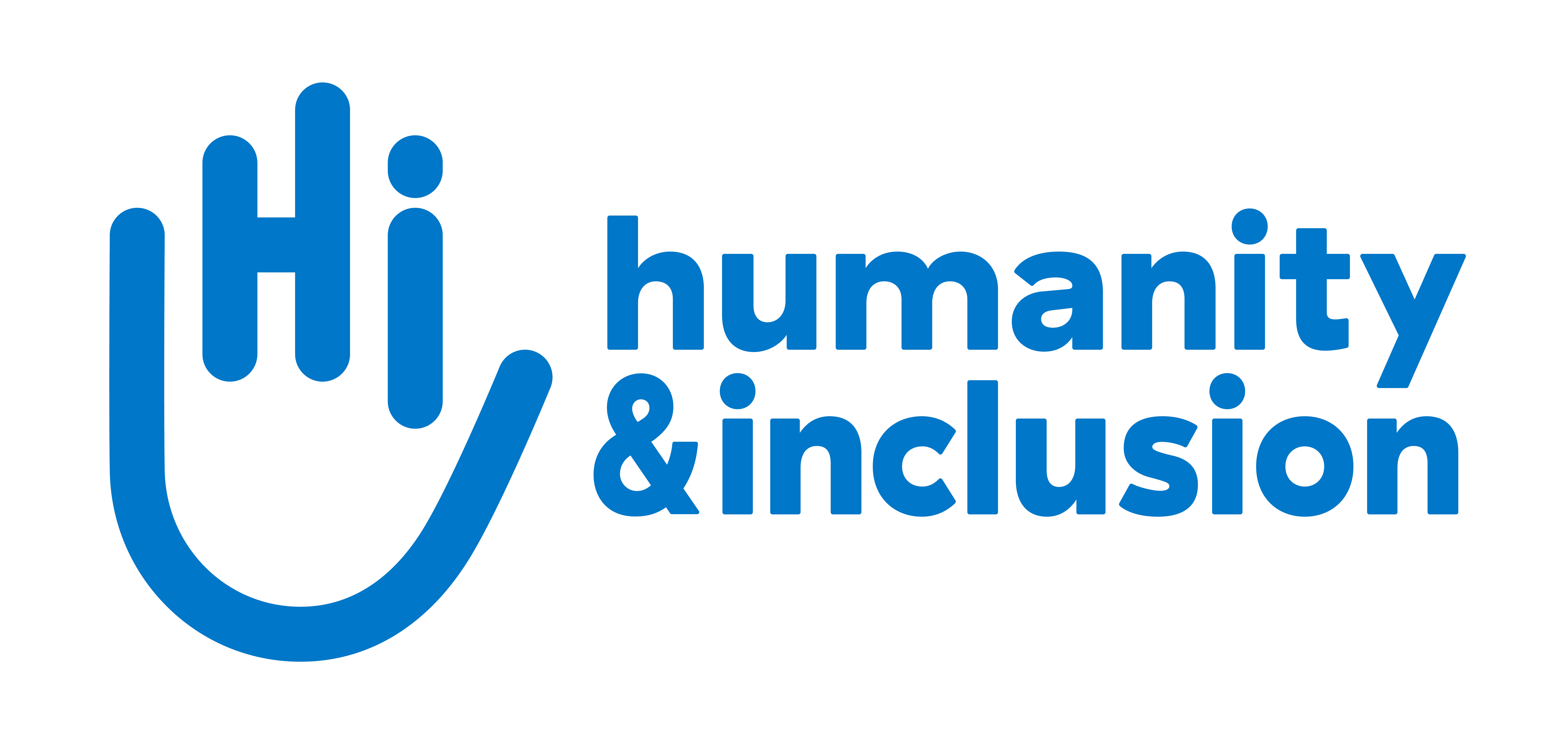Typhoon Haiyan: 10 years on…
10 years ago, Typhoon Haiyan (known in the Philippines as Yolanda) claimed the lives of some 10,000 people in the country's worst-ever natural disaster.

Mark Kevin, 17 years old, has cerebral palsy. When typhoon Haiyan hit his village, his neighbours evacuated him to the village hall. | © Brice Blondel / HI
The Philippines is regularly affected by climate-related disasters, whether cyclones or typhoons. Around 20 typhoons or cyclones hit the country every year.
The Philippines is one of the countries most threatened by climate change, due to its exposure, vulnerability and lack of coping mechanisms.
Every time the country is affected by an extreme weather event, the consequences are devastating, with massive damage to infrastructure and property, loss of livelihoods, population displacements, gender-based violence and a breakdown in access to services, healthcare and education.
The government and civil society have recognised the importance of preventing and managing these disasters, but the challenges are still huge.
HI and civil society organisations are working together to provide a multi-sector response to emergencies, including protection, water distribution, sanitation kits and mobility equipment for people with disabilities and older people.
HI’s teams are also running a variety of development projects with the communities focused on anticipating and reducing disaster risks.
"For HI Philippines, it is essential to involve the local communities, and in particular the people most affected – women, older people and people with disabilities. They know their own struggles, needs and strengths better than anyone. We want them not only to get involved, but also to be proactive in defending their rights and well-being. HI Philippines is therefore doing its best to promote the importance of collaboration between local authorities and civil society organisations in building a safe and resilient community", says Melanie Ruiz, HI Philippines Programme Director.
When typhoon Haiyan hit the country, HI Philippines immediately launched an emergency response to come to the aid of the victims:
- More than 1,500 rehabilitation sessions were run for people injured in the storm and psychological support was provided to some 800 injured or traumatised people;
- A logistics platform was set up that transported more than 1,600 tonnes of food to people living in remote areas (Tacloban, Palo);
- 1,300 tents were distributed and, with the help of local carpenters, more than 1,000 durable shelters were constructed in the provinces of Capiz and Leyte.





